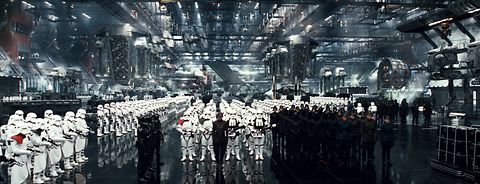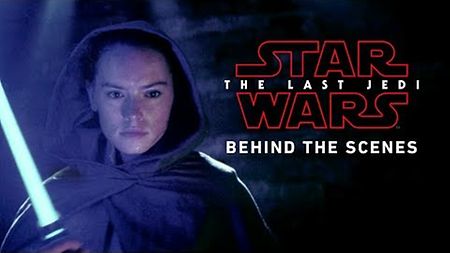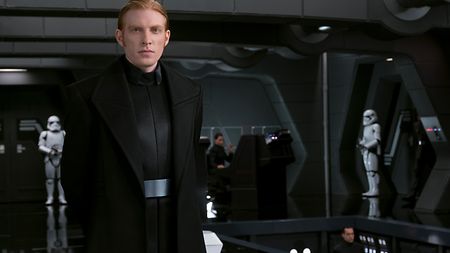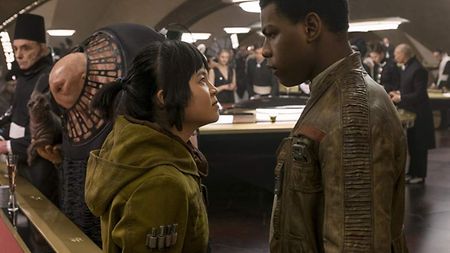Yedlin had created interactive lighting schemes before, but this was his first time doing so with LEDs. “That’s what allowed us to do unbelievably complex stuff,” he says. “We could have light changing faster and in more complex ways then we ever could have before. It was also possible to re-program faster. We did a lot of work to make sure I had scripts written, but I could also very quickly render completely new versions. For example, if we had a barrel roll, a hemisphere where half is black and half is white, but aesthetically it doesn’t look right and I want to really feel it spinning, I can re-render in one minute to make it a lot of blades rather than the hemispheres.”
The ease and efficiency of making changes allowed the crew freedom to do things they were not able to do before, like replacing colors in specific directions. “For example, if you’ve got an orange explosion light that’s trying to overpower the other lights, the SkyPanel itself can change from the other color to the orange so nothing is overpowering. We were able to get changes of complexity and intensity that we usually just cannot get conventionally – and make those changes on the fly in pretty easy ways.”
X,Y Mode (also called Mode 18) was not available in the SkyPanel at the time of the shoot. Using the familiar CIE 1931 color space chromaticity diagram, this protocol allows users to select x and y coordinates to produce a particular color within that color space. Says the DP, “We did the movie before the SkyPanels had X,Y Mode. If Mode 18 had existed at that time, we would have used that instead of HSI, it has all the advantage and more of HSI. It’s got all the great things about HSI plus two additional advantages: it would have made our R&D more streamlined (since the chromaticity coordinates are tied to a universal standard instead of just to an internal single-use unit of measure) and it allows for simple crossfading between colors (as opposed to taking a circuitous route) for the colors to not pop en route from the start to finish color.”
Prep played an important role in making the lighting work so smoothly, says Yedlin, who says “continuous prep” lasted for five or six months, after an on-again, off-again period of several months. “`The Last Jedi` had the most useful prep of any movie I have ever done,” he says. “Everything from being able to talk to the production designer Rick Heinrichs and his set designers about where the lights would be in the set…That was especially important because we were going to be in a completely closed set where you can see all the walls, so we couldn’t have something in the ceiling, for example. The shape of the lights had to be designed with the set designer.”










